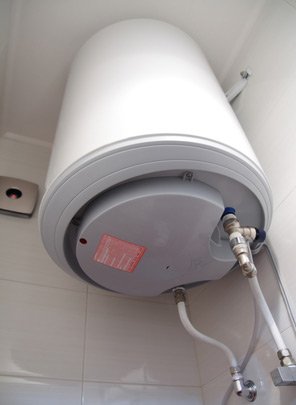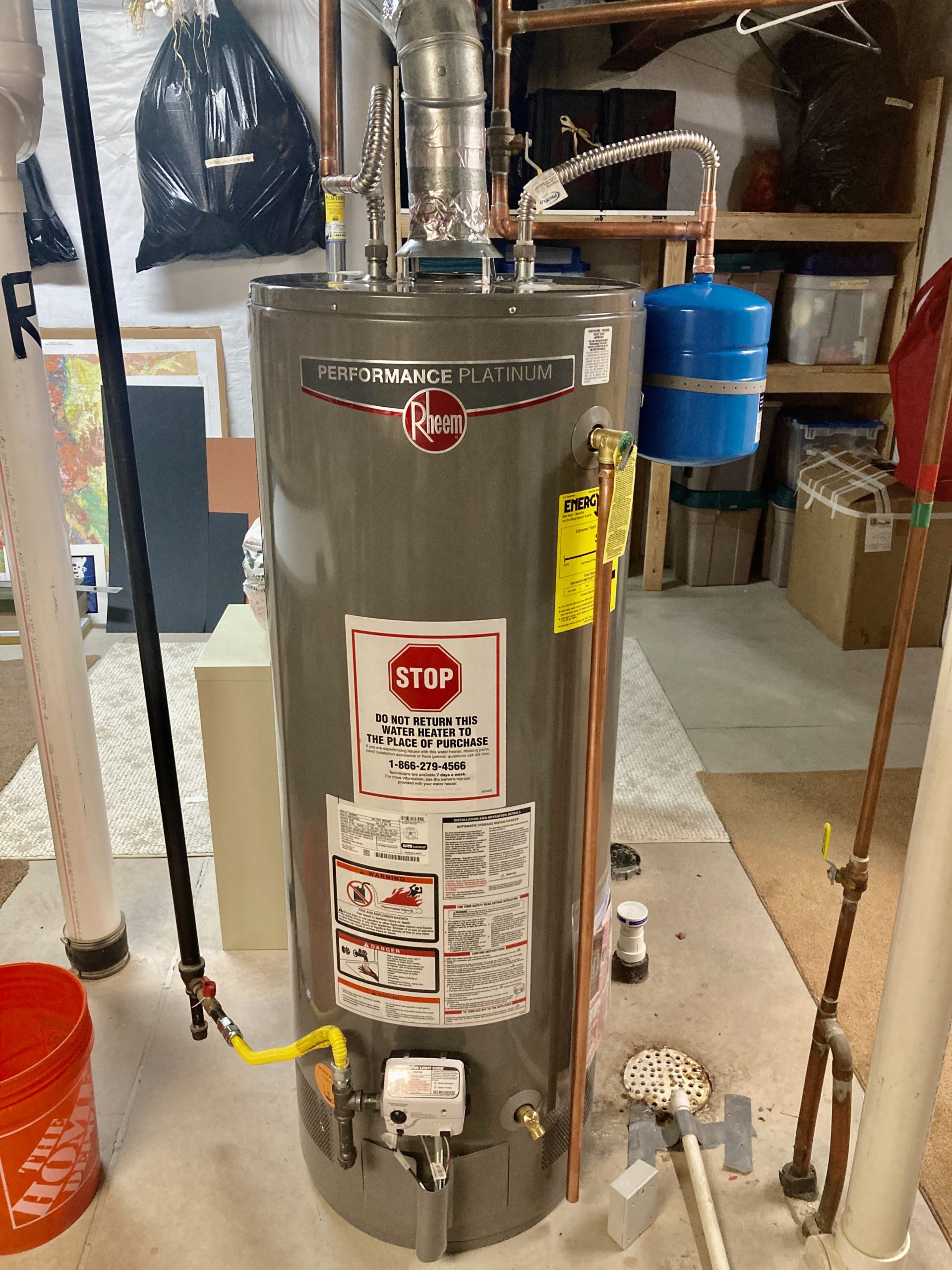Efficient Techniques for Caring for Your Home's Hot Water SystemStep-by-Step Guide to Maintaining Your Home's Hot Water System
Efficient Techniques for Caring for Your Home's Hot Water SystemStep-by-Step Guide to Maintaining Your Home's Hot Water System
Blog Article
They are making several great pointers on the subject of How to Maintain a Hot Water Heater in a Few Simple Steps as a whole in this post on the next paragraphs.

Hot water is vital for day-to-day comfort, whether it's for a rejuvenating shower or cleaning recipes. To ensure your warm water system runs efficiently and lasts longer, regular maintenance is vital. This post provides useful suggestions and understandings on exactly how to keep your home's warm water system to stay clear of disruptions and expensive repairs.
Intro
Maintaining your home's warm water system could appear challenging, yet with a couple of straightforward steps, you can ensure it runs smoothly for many years to find. This overview covers every little thing from comprehending your warm water system to do it yourself maintenance ideas and knowing when to hire professional assistance.
Relevance of Maintaining Your Hot Water System
Normal maintenance not just extends the lifespan of your hot water system however likewise guarantees it operates effectively. Disregarding maintenance can cause lowered effectiveness, greater energy costs, and even premature failing of the system.
Indicators Your Hot Water System Requirements Maintenance
Understanding when your hot water system requires interest can protect against significant issues. Look out for indications such as irregular water temperature level, strange noises from the heater, or rustic water.
Comprehending Your Hot Water System
Prior to diving right into upkeep jobs, it's practical to understand the fundamental parts of your hot water system. Commonly, this includes the hot water heater itself, pipes, anode poles, and temperature level controls.
Month-to-month Maintenance Tasks
Regular regular monthly checks can aid capture minor problems prior to they escalate.
Flushing the Hot Water Heater
Purging your water heater eliminates sediment accumulation, enhancing performance and prolonging its life.
Monitoring and Replacing Anode Rods
Anode rods stop rust inside the container. Inspecting and replacing them when worn is critical.
Checking and Adjusting Temperature Setups
Adjusting the temperature setups makes certain optimal performance and security.
DIY Tips for Upkeep
You can carry out a number of upkeep tasks on your own to keep your hot water system in top condition.
Checking for Leakages
Regularly evaluate pipelines and connections for leakages, as these can bring about water damages and greater bills.
Evaluating Stress Relief Valves
Testing the stress safety valve guarantees it operates appropriately and protects against excessive stress accumulation.
Shielding Pipes
Protecting hot water pipelines lowers heat loss and can save energy.
When to Call a Specialist
While do it yourself upkeep is helpful, some concerns require professional proficiency.
Facility Issues Calling For Specialist Assistance
Examples include significant leaks, electrical troubles, or if your water heater is continually underperforming.
Routine Specialist Upkeep Conveniences
Professional upkeep can consist of extensive assessments, tune-ups, and making certain compliance with safety and security standards.
Final thought
Normal maintenance of your home's hot water system is important for effectiveness, longevity, and cost financial savings. By following these pointers and understanding when to seek specialist aid, you can make sure a trustworthy supply of hot water without unforeseen disruptions.
Water Heater Maintenance: The Basics
Maintaining your water heater will ensure it operates efficiently and has a longer lifespan. Neglecting regular maintenance can lead to costly repairs and an even bigger chunk of your savings if you have to replace it sooner than necessary. But there’s good news: Most water heater maintenance tasks are relatively simple and easy for homeowners with basic DIY skills.
Flush the Water Heater
Over time, sediment and minerals can build up in the tank, reducing its efficiency and potentially causing damage. To flush the tank, turn off the power or gas supply, attach a hose to the drain valve near the bottom and open the valve to drain the water until it runs clear. Ideally, flush the tank annually.
Replace the Anode Rod
The anode rod is a sacrificial metal rod that helps prevent corrosion inside the tank. Inspect and replace it every three to five years or per the manufacturer's recommendation. To replace the anode rod, turn off the power or gas supply, drain a few gallons of water from the tank, unscrew the old rod and replace it with a new one. If the anode rod is significantly corroded or covered in calcium buildup, it's a sign the water heater may need to be replaced soon.
Tune-Up
A yearly tune-up can help identify potential issues and ensure your water heater operates at peak efficiency. This typically involves checking the thermostat, burner assembly (for gas heaters) and any other components specified by the manufacturer. During a tune-up, the technician may also clean the burner and adjust the pilot light (for gas heaters) or examine the heating elements (for electric heaters).
How to Maintain Your Water Heater
Insulate the tank. Insulating the tank can improve energy efficiency and reduce heat loss, saving you money on energy bills. You can purchase precut insulation blankets designed specifically for water heaters or use standard fiberglass insulation wrapped securely around the tank. Check the temperature. The recommended water temperature for most households is around 120 degrees Fahrenheit (49 degrees Celsius). Higher temperatures can increase energy costs and potentially cause scalding. Use a kitchen thermometer to check the temperature at the faucet nearest the water heater. Monitor water pressure. Excessive water pressure can strain the water heater and cause leaks or even tank failure. Install a pressure-reducing valve if necessary. The ideal water pressure range is between 60 and 70 PSI (pounds per square inch). Test the temperature and pressure (T&P) relief valve. The T&P relief valve is a safety feature that releases pressure if the tank gets too hot or the pressure builds up too high. Test it annually by lifting the lever and allowing a small amount of water to release. Replace the valve if it doesn't release water or reseal properly. Check for leaks. Regularly inspect the tank, pipes and fittings for leaks or corrosion. Deal with issues promptly to prevent further damage. Even a small leak can lead to significant water damage over time. Consider a tankless water heater. If your traditional tank-style water heater is nearing the end of its lifespan ( typically 10 years), consider replacing it with a tankless water heater. These units heat water on demand, reducing standby energy losses and potentially saving you money on your energy bills. Schedule professional maintenance. While homeowners can perform many water heater maintenance tasks, it's still a good idea to schedule professional maintenance every few years. A plumber or HVAC technician can thoroughly inspect the unit, identify potential issues and ensure it operates safely and efficiently. https://www.homeserve.com/en-us/blog/home-improvement/hot-water-heater-maintanence/

We hope you liked our excerpt on Water Heater Maintenance Tips You Can't Afford to Forget. Thank you for taking time to browse our content. Do you know about somebody else who is fascinated by the niche? Take a moment to promote it. Thanks a lot for taking the time to read it.
Estimate Report this page